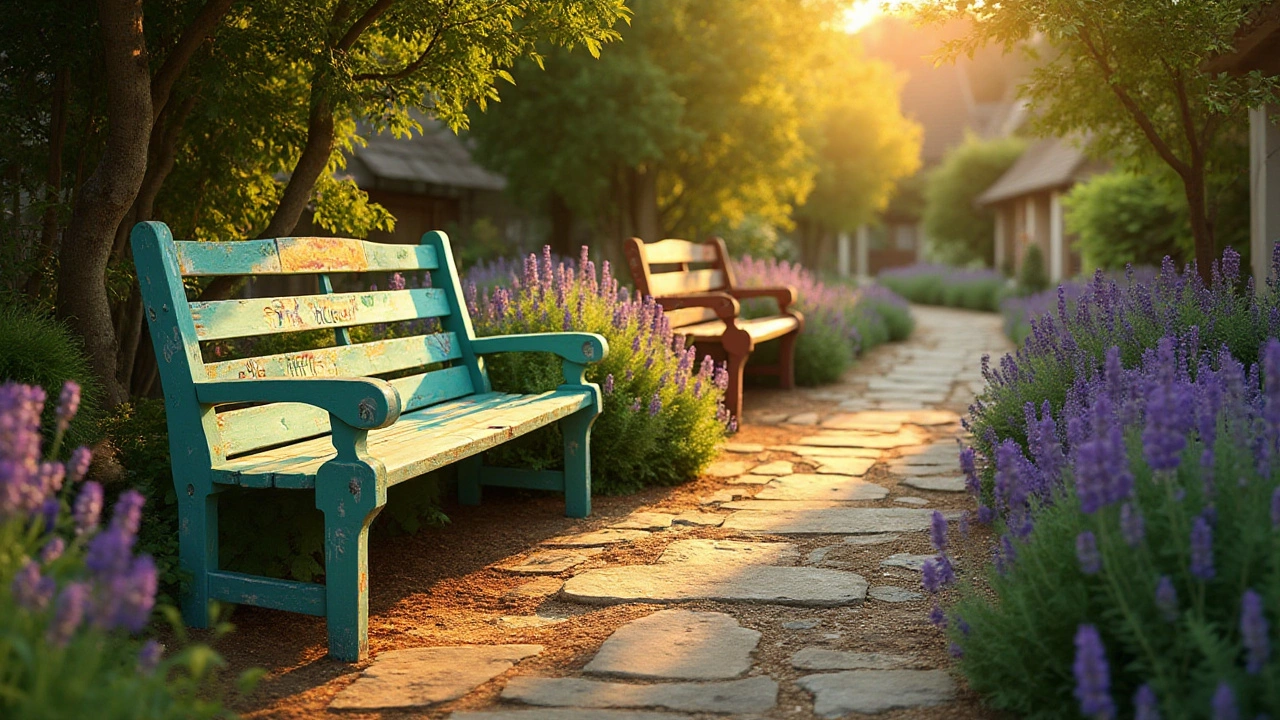Paint vs Stain: What’s the Right Finish for Your Furniture?
Thinking about giving a piece of wood a fresh look? You’re probably stuck between paint and stain. Both can look great, but they do very different things. Let’s break down the basics so you can decide fast.
When to Choose Paint
Paint is the go‑to if you want solid colour, complete coverage, or you need to hide flaws. A single coat can mask knots, dents, and even old finishes. Paint also works well on furniture that will see heavy use because the film sits on top of the wood and protects it from scratches.
Pros of paint:
- Bold, uniform colour – perfect for modern rooms.
- Easy to clean; most paints can be wiped with a damp cloth.
- Hides imperfections, so you don’t have to sand heavily.
Cons of paint:
- Can chip or chip if the surface isn’t prepped right.
- Hides the natural grain, which some people love.
- Usually needs a primer and at least two coats, adding time and cost.
If you’re updating a kitchen cabinet, a painted dresser, or a kids’ desk, paint often wins. Just remember to sand, prime, and use a durable topcoat for the best result.
When Stain Wins
Stain works with the wood, not over it. It soaks in, showing off grain, knots, and texture while adding colour. If you love the natural look of a pine table or a reclaimed oak bench, stain is your friend.
Pros of stain:
- Enhances wood grain, giving a warm, lived‑in feel.
- Usually needs only one or two coats, saving time.
- Less prone to chipping because it’s absorbed.
Cons of stain:
- Doesn’t hide deep scratches or dents.
- Colour can be uneven if wood is very porous.
- Needs a clear finish (poly, oil, or wax) on top for protection.
Stain is perfect for a coffee table, a bookshelf, or any piece where you want the wood story to shine. After staining, add a protective clear coat to keep spills from soaking in.
So how do you decide? Ask yourself three quick questions:
- Do I want colour to dominate or wood to show?
- Is the piece high‑traffic and need extra protection?
- Do I have time for sanding, priming, and multiple coats?
Answering these will point you straight to paint or stain.
Quick tip: Test both on a scrap piece of the same wood. A small swatch of paint and a dab of stain will reveal how the finish looks after drying. It’s a cheap way to avoid a costly mistake.
Whether you go with paint or stain, a little prep goes a long way. Clean the surface, sand to smooth any rough spots, and wipe away dust. Then follow the product instructions for drying time and recoats.
In the end, both finishes can transform a piece. Paint gives you bold control, stain lets the wood speak. Choose the one that fits your style, budget, and how you’ll use the furniture, and you’ll end up with a look you love for years.
Best Ways to Revamp Garden Furniture: Paint vs Stain
Revamping garden furniture can significantly transform the aesthetic of outdoor spaces. Choosing between painting and staining involves understanding the long-term effects, aesthetic preferences, and practical implications. Each option offers unique benefits, from enhancing the natural wood grain to providing a colorful touch. This article explores the pros and cons of painting versus staining to help you decide which method best suits your garden enhancements. Discover practical tips and interesting facts to make the best choice for your outdoor haven.
More
